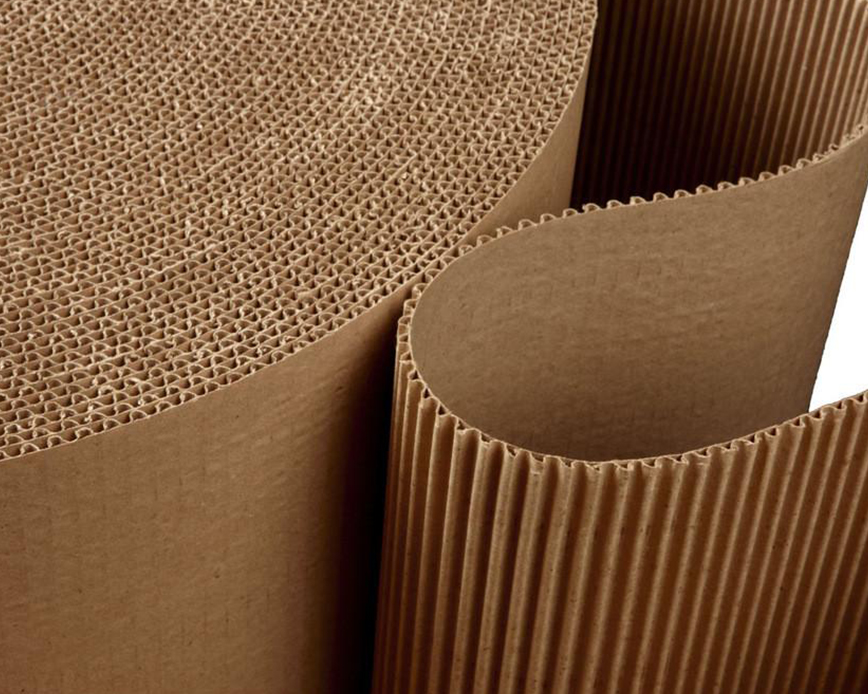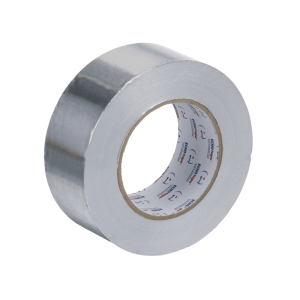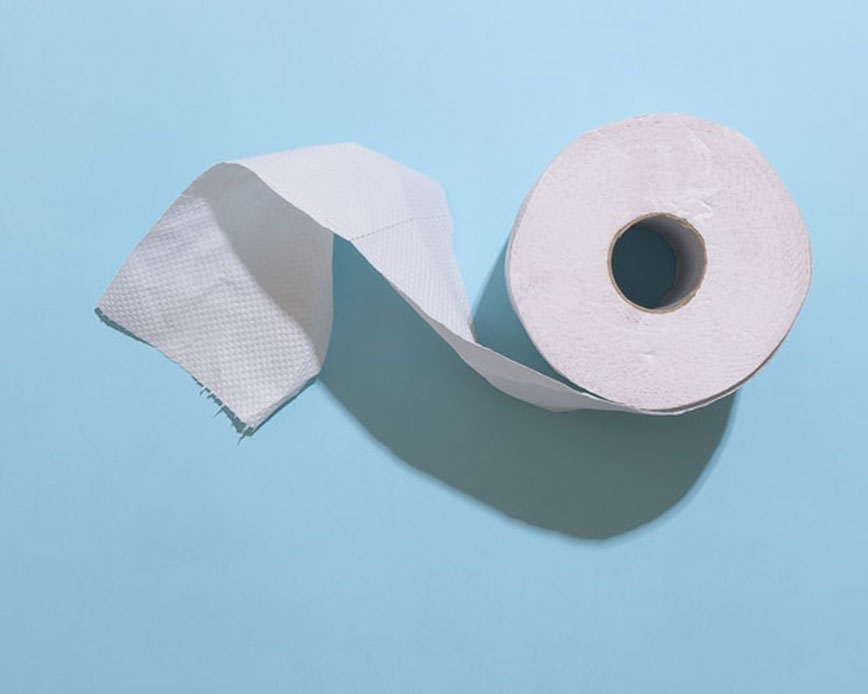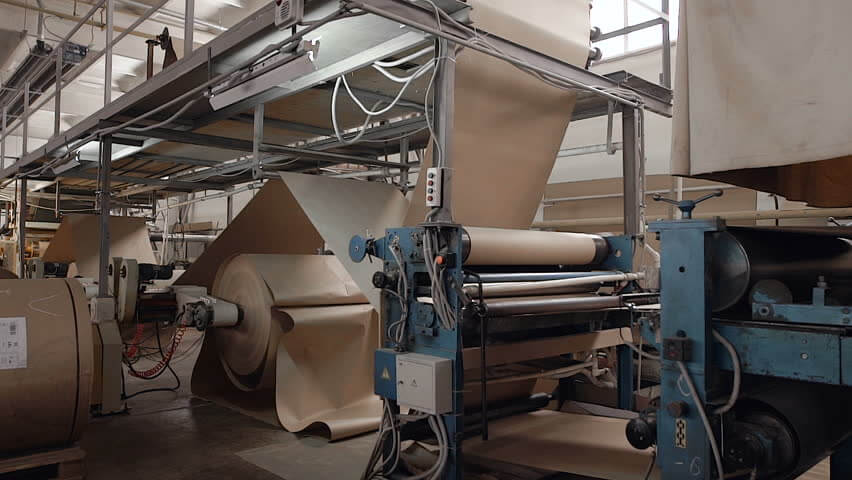Corrugated cardboard boxes are the backbone of the North American supply chain. In fact, more than 95 percent of all goods consumed in North America are packaged and transported in corrugated packaging, and close to 40 percent of all corrugated packaging produced annually is used to package food and beverages!
It’s a huge industry that we are proud to serve, which is exactly why we pay close attention to shifting patterns and innovations in the market. How will the corrugate industry pivot to thrive in a post-pandemic world? We’re betting these four trends will play a considerable role.
4 Corrugate Trends to Watch
According to The Future of Corrugated Packaging to 2023, the market is increasing, growing around 3.7% annually to reach $300 billion in 2023. Over the past five years, e-commerce alone has fueled demand for billions of more square feet of cardboard. But there are more compelling reasons to choose corrugate. Here are the trends we’re watching
Fit-to-Product (FtP). Global online sales are expected to be over $5.5 trillion in 2023. This will have a profound impact on packaging demand, especially in the corrugated industry as it represents 80% of demand in e-commerce.
With the tremendous growth of e-commerce, where items ship individually, convertible packaging is a new area for innovation. Specifically, we’re talking about FtP or box-on-demand systems, driven by the needs of dedicated e-commerce sellers such as Amazon and Staples. Everything from diapers to kitty litter can be packaged directly in corrugated boxes that are strong enough for shipping and can still attractively display the product on the store shelf, or be used as the serving container on the end customer’s home shelf.
Smart Packaging. From QR codes and temperature sensors to image recognition and augmented reality, connected packaging will be at the forefront of packaging industry changes in 2020 and beyond. With over 81 percent of Americans owning some type of smartphone, smart packaging provides an instant connection between users and products, all with a few taps of a finger. Many brands are using this new technology to easily send consumers to recipes and articles, related products, and other branded information on products.
The U.S. corrugated packaging industry is a $35.2 billion manufacturing sector with 1,183 box plants operating in nearly 1,000 cities coast to coast.
Sustainability & Recycling. Corrugated board is getting increasingly popular as sustainability becomes a critical issue to more consumers. In fact, once used, corrugated boxes are not just recyclable; they are recycled. In 2018, 96% of all corrugated packaging was recovered for recycling in the U.S. and, on average, corrugated boxes contained 50% recycled content. That track record puts the corrugated industry miles ahead of other packaging recovery and reuse rates. Boxes are made to be remade, using fibers again and again across the industry to make new boxes. These capabilities mean there has been a boost in the popularity of corrugated protective formats over polymer-based options, like the expanded polystyrene (EPS) foams.
Look no further than your nearest golden arches for proof. McDonald’s plans to use renewable, recycled, or certified sources for all packaging by 2025. Likewise, Dunkin’ (Donuts) started eliminating polystyrene foam cups from its global supply chain in the spring of 2018, with a 2020 target date of completion. They are being replaced with double-walled paper cups. And most recently, Taco Bell announced it would ensure all of its packaging is recyclable or compostable by 2025.
Considering these shifts, and presumably more to come, folding carton shipments to retail carry out will be the fastest-growing end-use segment over the horizon, with growth estimated at around 1.7% between 2019 and 2023.
Food Packaging. Speaking of food, the demand for convenience foods is on the rise thanks to an increasing population and need-it-now lifestyle habits. As corrugated board packaging keeps moisture away from products and can withstand long shipping times, corrugated packaging is increasingly being adopted by companies to offer better outcomes to customers, especially as a means of secondary or tertiary packaging. Paper-coated meat trays may soon be appearing in butcher shops and supermarkets, helping to increase the amount of recyclable food packaging. A six-pack of beverage cans can be held together with paperboard and designed with pre-cut holes for consumers to grab and carry with ease.
Further, innovations in the domain are expanding the scope of applications for corrugated cardboard packaging. Companies such as THIMM Group developed COOLandFREEZE, a box made up of corrugated cardboard for temperature-controlled shipping that enables the joint transport of frozen, chilled, and non-refrigerated products within one package! This innovative packaging ensures effective insulation and the constant refrigeration of fresh products over a period of at least 36 hours.
With brands and retailers looking to optimize product packaging for recycling, corrugate has become the obvious substrate of choice for innovative, sustainable, and practical solutions.
[echo_cta]
The Impact Of COVID-19 on Corrugate
As the coronavirus outbreak has spread and its humanitarian impact has grown, industries that help provide for essential needs, such as getting food and required supplies safely to consumers and health professionals, are increasingly affected. This is a mixed bag for the corrugate industry. As demand for traditional retail, industrial, bulk, and transportation packaging plummeted, other segments—such as packaging for the food and pharmaceutical industries—continue to see robust demand. High growth in demand for corrugated packaging for e-commerce and grocery deliveries is also offsetting some demand lost elsewhere with industrial customers.
Realistically, all industries, including ours, are reeling from the initial shock and rapid spread of COVID-19. However, as we bring the pandemic under control, reduced household disposable income and weakened corporate balance sheets are expected to lower demand across most end-use segments for packaging, with the exception of healthcare and certain food categories.
So what does that mean for corrugate in Q3, Q4, and even 20201? Companies should take steps to identify packaging categories that are likely to return to strong levels of demand and look for new pockets of growth potential with different packaging end uses and different substrates.
Pandemic aside, the opportunities for the corrugated industry to innovate and provide solutions to new packaging challenges are endless and will continue to drive the industry forward. As Dan Ahern, director of global innovation & design at Graphic Packaging International, says: “What can we do with paper-based packaging? Pretty much anything we want.”






